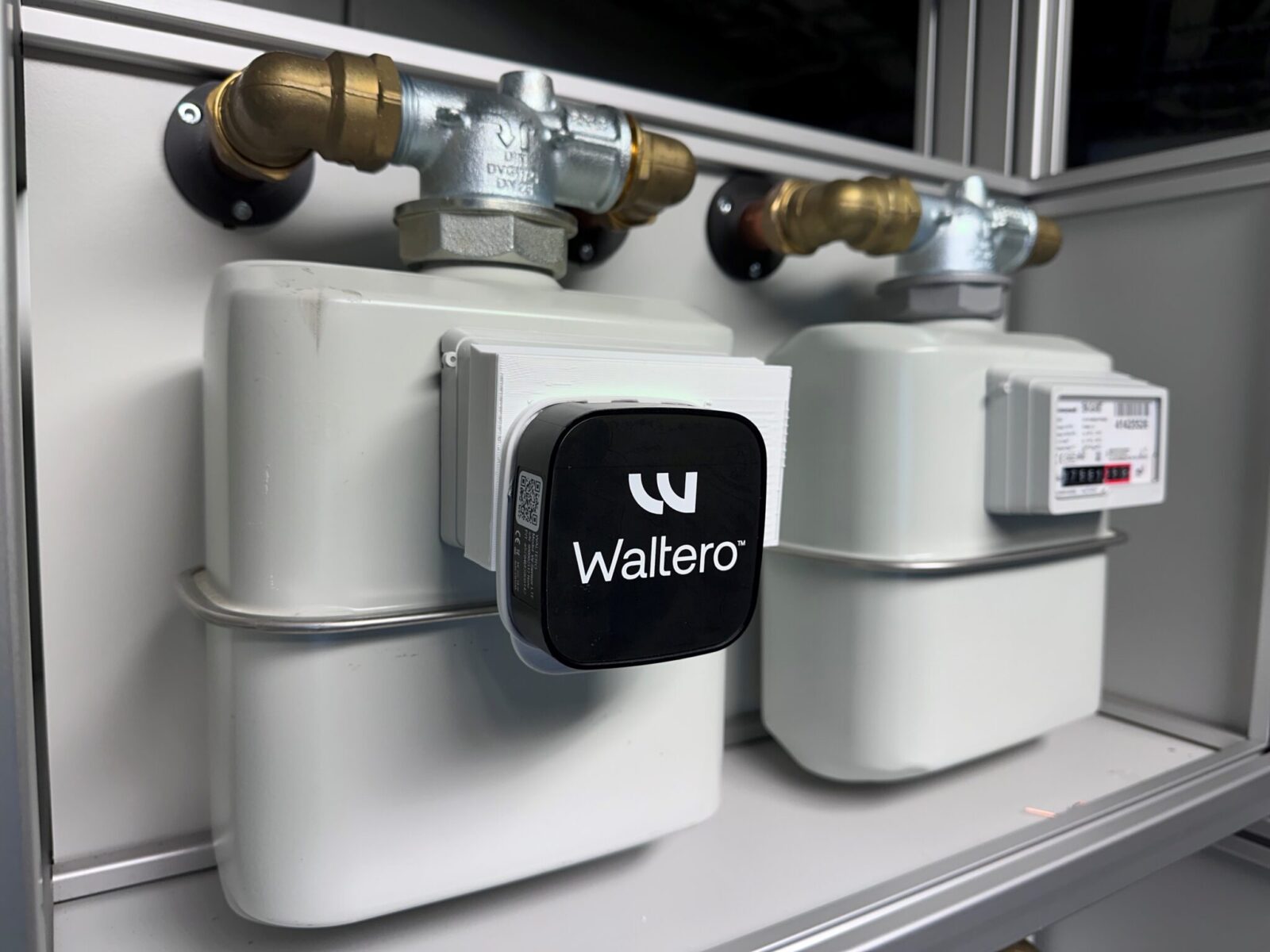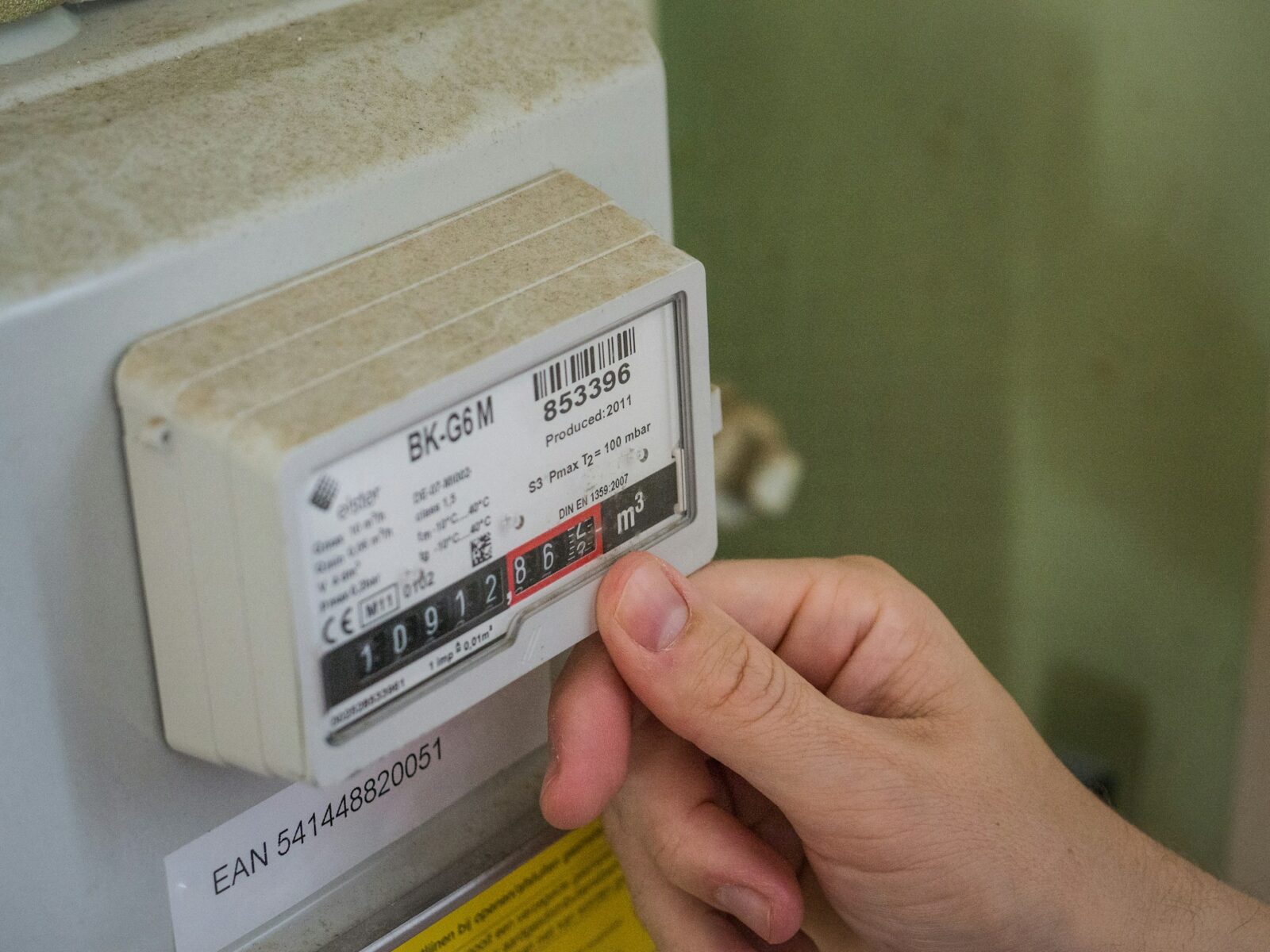The transformation of systems in becoming smart
Transitioning from analog to digital smart meters is a detailed process that begins with a thorough feasibility study and planning. This step helps ascertain project viability, formulate a detailed plan, and navigate the necessary regulatory approvals. Next, an appropriate vendor for the smart meters is selected, and the existing infrastructure is upgraded to support the new system. A pilot test is carried out before a full-scale rollout, which helps identify and fix potential issues early.
The meters are installed by integrating them with existing systems and migrating relevant data from old meters. Transparent communication with customers and extensive staff training is usually carried out simultaneously to ensure smooth operations. The process concludes with ongoing monitoring and evaluation to ensure correct functioning and assess the project’s overall success. While specific processes may differ per utility, these are the key stages in transitioning from analog to digital smart meters.
Transforming your metering systems into smart systems can be divided into 7 layers, ultimately helping your company reach your business goals. It’s however important to understand that just a smart meter isn’t enough to go all the way, per the model below. Installing a smart meter doesn’t add any business value, it’s about taking the next steps and integrating the new system with analyses and AI. Waltero’s solution does exactly this by covering six of seven stages of becoming digitized.

Common risks associated with the installation of metering systems
The installation of utility meters involves several stages, from planning and design to physical installation to commissioning, and each of these stages can carry its risks. Illustrated below are some typical risks associated with the installation of such metering systems.
- Technical Challenges: These could involve difficulties with installing meters in certain types of buildings or problems with integrating the meters with the existing infrastructure.
- Safety Risks: Working with gas and water systems can be hazardous. There’s a risk of gas leaks, water damage, contamination, or accidents caused by working in potentially dangerous environments. Ensuring proper safety training and precautions is crucial.
- Project Management Risks: Like any project, there are risks associated with budget overruns, delays, or poor quality work. These can be mitigated with effective project management. Another aspect of Project Management Risks is the uncertainty in planning and executing work on existing meters. Many times the installers are forced to return to the installment as the workspace might not correlate with what was expected, adding on project risk in terms of time, money, and uncertainty.
- Regulatory Compliance: There can be risks associated with meeting regulatory requirements. This is especially relevant in the utility sector, which can be heavily regulated.
- Customer Disruption: The installation process may involve disruption to customers’ water or gas supply, or require access to customers’ properties. This can lead to customer dissatisfaction if not managed properly.
- Data Privacy and Security Risks: Many modern meters are ‘smart’ meters, which collect and transmit usage data. This can pose risks if the data is not properly secured, or if customers have privacy concerns.
- Environmental Risks: The process of installing new meters can have environmental impacts, which need to be managed. Additionally, there may be risks associated with the disposal of old meters.
Risk management, involving risk identification, assessment, and mitigation planning, is an essential part of planning and executing these projects. Effective risk management can help to prevent issues, minimize their impact if they do occur, and reduce costs and delays. The less risk involved and managed in a project reduces project costs. It’s also more likely that the project stays within set timeframes.
What does the Waltero project planning and execution look like?
Since the Waltero solution keeps the existing meter, several of the previously mentioned project risks are eliminated, such as associated technical and safety challenges. By applying the Waltero sensor, not only do analog meters become smart meters, but it’s also sustainable and reduces material scrap coming from old equipment. With an easy installation procedure, even unskilled personnel can install the Waltero readers, opening up many parallel installation teams.
The Waltero way makes project planning easier and gives more freedom to manage uncertainties. Many features, like communication and integration, are predefined and therefore more manageable. Concerning the various risks mentioned above, Waltero responds to them all. Technical challenges are met by the fact that no new meters are needed to become smart with Waltero. Thereby avoiding the need for the installer to adapt a new meter to the existing room and circumstances. Furthermore, as the installation doesn’t imply opening up any existing pipes or relocating meters, all safety risks are also eliminated.
Waltero is working to eliminate various project risks through a simplified process, from installation to usage of the service and layout of the entire Waltero ecosystem. Waltero understands that by decreasing risk, it’s less likely for the installer to have to return to the installation site. A future aspiration is even for house owners to be able to install their readers with a home DIY kit. It’s simple and efficient as it cuts costs and project time for bigger utility companies. In terms of regulatory compliance, there is no risk of failure. Regulatory failure is commonly related to the actual meter, which itself must meet specific standards. Since Waltero offers a reader, compliance failure is eliminated.
Other aspects of the Waltero planning process and execution also address privacy, security, and environmental risks. Waltero ensures that its modern system is built with up-to-date security measures that can ensure privacy and safety. Finally, Waltero is sprung from Resource Intelligence, putting sustainability in a multifaceted manner at the core. Concerning the planning and execution phase, this means that the procedures don’t create any unnecessary scrap material and that the installation process itself cannot lead to any environmental risks in terms of gas or water leaks.
A shortlist of benefits of the Waltero project planning and execution:
- Uncertainties in installation and communication are eliminated: No setup of communication
- No uninstalling of the old meter.
- No installation of a new meter
- No risk of leaks
- REST –API gives standard integration procedure
- No need to personalize the meter before installation.

